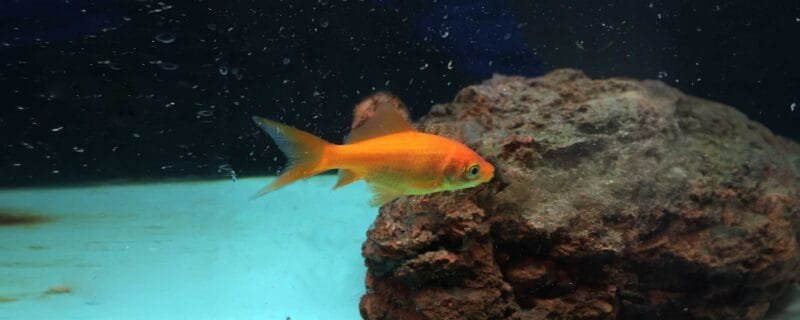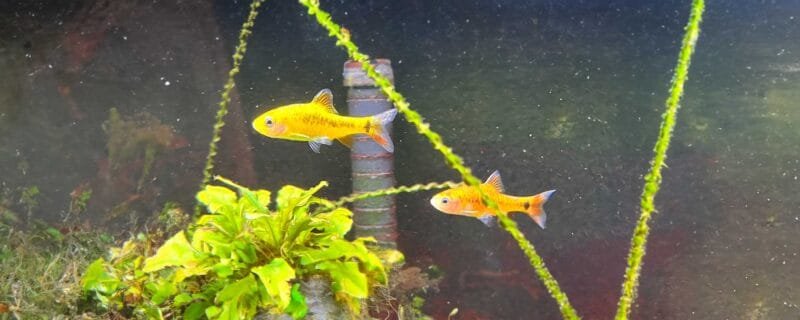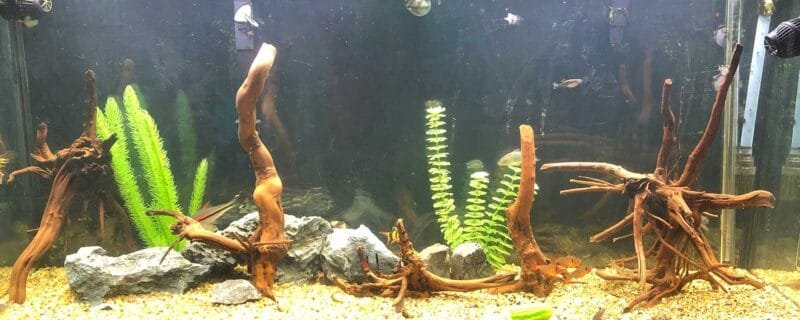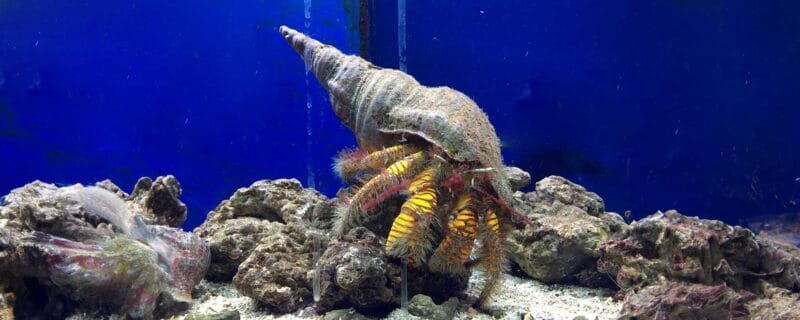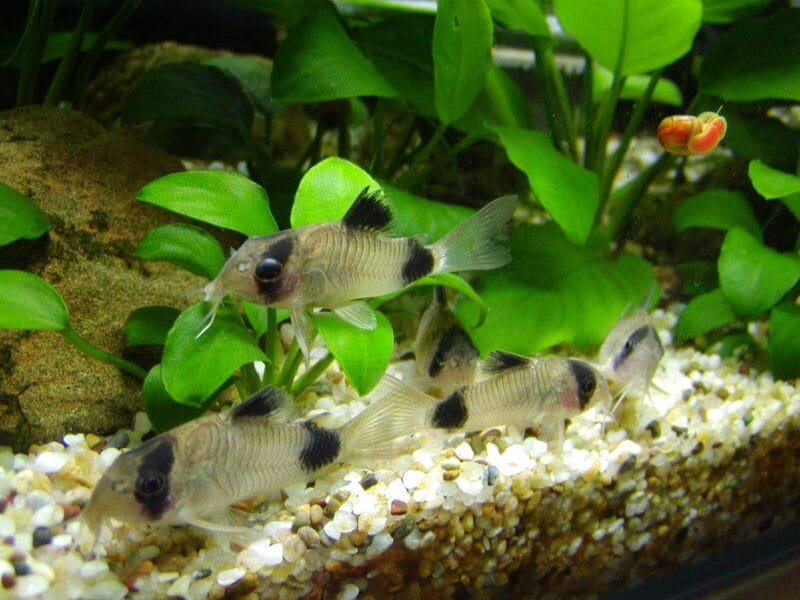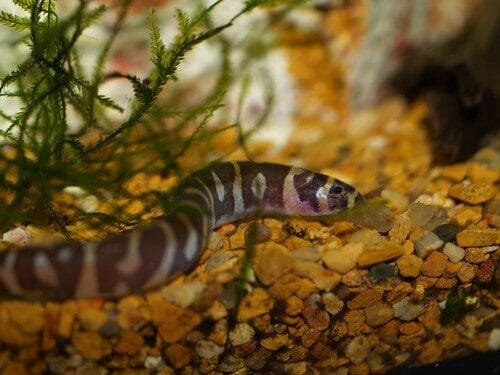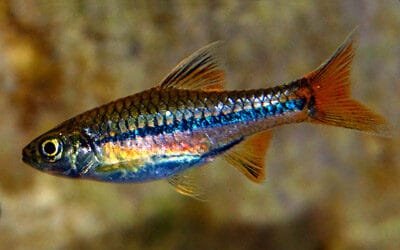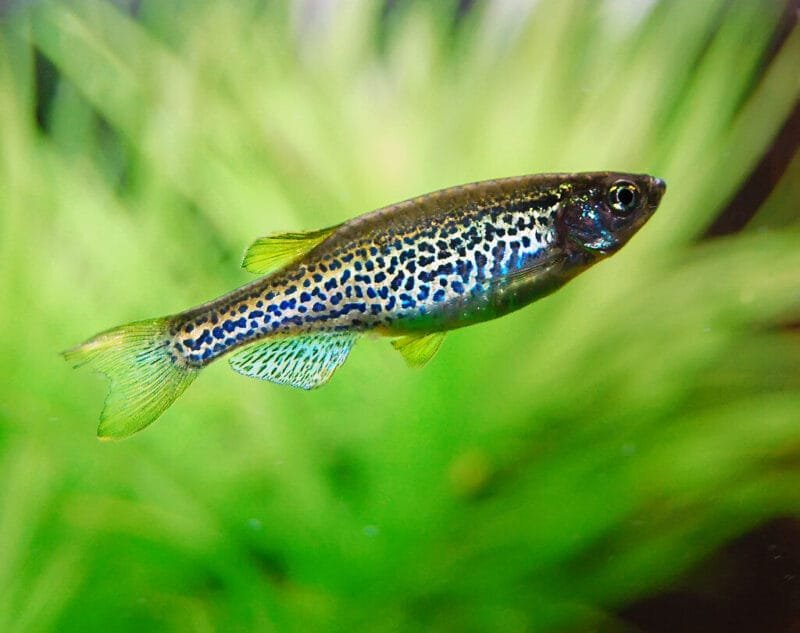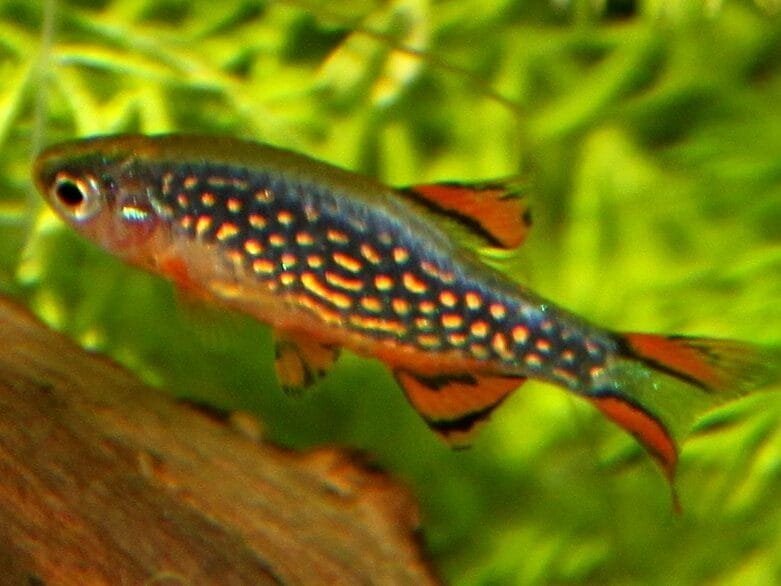Introduction
The Siamese Algae Eater, a popular freshwater fish among aquarists, is renowned for its algae-eating habits and peaceful nature. This blog post provides an educational insight into the world of Siamese Algae Eaters, covering everything from their native habitat to their care in home aquariums.
Latin Name and Native Habitat
The Siamese Algae Eater, scientifically known as Crossocheilus oblongus, is native to Southeast Asia, particularly in Thailand and the Malay Peninsula. They inhabit streams and rivers with moderate to fast flow, surrounded by dense vegetation.
Size and Appearance
An adult Siamese Algae Eater typically grows to about 6 inches in length. They have a slender, elongated body with a distinctive black stripe running from the mouth to the tail, which is a key identifier from similar species.
Diet
True to their name, Siamese Algae Eaters primarily feed on various types of algae. In aquariums, they are valued for their ability to control algae growth. They also accept a variety of other foods like sinking pellets, flakes, and occasional live or frozen foods.
Sexing and Breeding
Sexing Siamese Algae Eaters can be challenging, as there are no prominent external differences between males and females. Breeding them in captivity is rare and difficult, as it typically requires specific conditions that are hard to replicate in home aquariums.
Water Conditions and Habitat
These fish thrive in a temperature range of 75°F to 79°F, with a pH level of 6.5 to 7.0. They prefer a habitat with plenty of hiding places, like plants and driftwood, and a moderate current to mimic their natural environment.
Ease of Care
Siamese Algae Eaters are relatively easy to care for, making them suitable for both novice and experienced aquarists. They are hardy and adaptable, but maintaining good water quality is essential for their health.
Community Tank Compatibility
They are excellent for community tanks due to their peaceful nature. Siamese Algae Eaters get along well with most other non-aggressive fish and are particularly useful in planted tanks where algae can be a problem.
Suitable Tank Mates
Good tank mates include tetras, rasboras, gouramis, and other peaceful community fish. Avoid housing them with aggressive species that may bully or stress them.
Species Variations
There are no significant species variations within the Siamese Algae Eater itself, but they are often confused with similar-looking species like the Flying Fox (Epalzeorhynchos kalopterus) and the False Siamese Algae Eater (Garra cambodgiensis).
Conclusion
The Siamese Algae Eater is a valuable addition to any freshwater aquarium, especially for those struggling with algae control. Their ease of care, peaceful temperament, and compatibility with a wide range of fish make them a favorite among aquarists. Understanding their needs and providing a suitable environment are key to keeping these efficient cleaners healthy and active in your aquarium.

